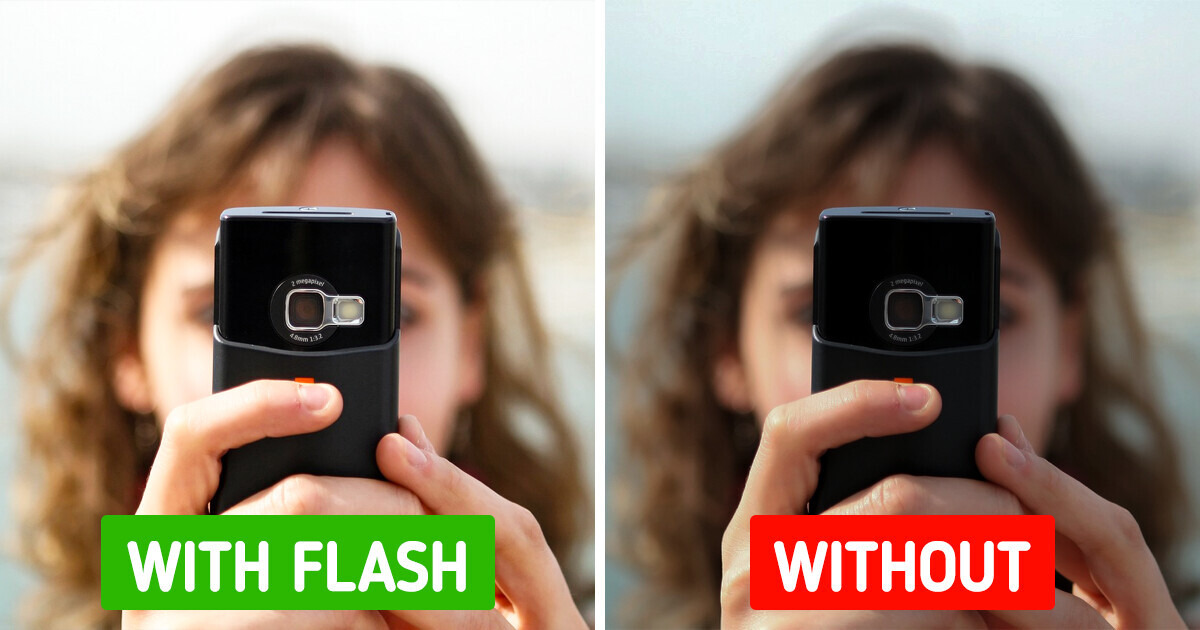I Got Fired the Day Before My Vacation—And HR’s Policy Was Their Biggest Mistake


We all remember cheat sheets from school. The following tips will help budding photographers learn the ins and outs of photography and will refresh the knowledge of professionals.
When faced with the decision of selecting an appropriate ISO setting, consider the following factors:
Time of Day: For outdoor shooting in bright daylight, opt for lower ISO values such as 100 or 200. Conversely, shooting at nighttime without a tripod necessitates a higher ISO to capture adequate light on the camera’s sensor.
Subject Illumination: When your subject or scene lacks proper lighting, employ a higher ISO setting like 800 or 1600 to compensate for the low light conditions.
Image Style: If you desire a sharp image, using a high shutter speed to freeze fast movement might require a higher ISO to offset the exposure. Conversely, if you’re aiming to capture motion blur using a slow shutter speed, a lower ISO is necessary to achieve the desired effect.
It’s important to keep in mind that elevating the ISO introduces more grain or pixel visibility in your photo. As a result, exercise caution when choosing extremely high ISO values like 3200 or 6400 if you want to avoid excessive ’digital noise’ in your photo.
Photographers often have the habit of capturing an image and promptly redirecting their attention to the rear screen. This practice has the potential to lead to the oversight of significant moments. It’s advisable to postpone the review of your photographs for a later time. The consequence of this immediate checking is the potential to overlook crucial opportunities, disrupting the seamless progression of your creative workflow.
Knowing about your shutter speed can make the difference between taking a blurry picture and a clear one. It depends on what you’re trying to achieve. For example, if you’re taking photos of a sports event or kids playing in the yard, you’d want your subjects to be sharp and clear. To capture fast-moving action, you need a shutter speed faster than 1/500th of a second, maybe even 1/1000th to 1/2000th.
If you sense that your pictures lack vibrancy, approach your subject a stride or two nearer. Frame your subject tightly and notice the improved quality of your photo, eliminating excessive vacant areas. The greater your proximity to the subject, the clearer their facial expressions become.
Before you lift your camera, observe the direction of the light and make it work for you. Whether it’s sunlight or a lamp, think about how you can enhance your photos with it. Consider how the light plays with the scene and subject. Does it accentuate something or create intriguing shadows? These elements can transform an average photo into something exceptional.
To get natural shots of your subject, tell them a joke or make them laugh before taking their photos. It will come out more natural.
Owning pricey camera gear doesn’t guarantee great pictures. Incredible shots can be taken with just smartphones. Rather than amassing numerous lenses, consider getting excellent photography books. Studying the masters’ work not only sparks creativity but also offers insights to enhance your own photos.
You could believe that flash is only necessary at night or indoors, but that’s not accurate. On a very sunny day when strong shadows form, turn on your flash. Adding more light to your subject helps eliminate harsh shadows and ensures a balanced exposure.











